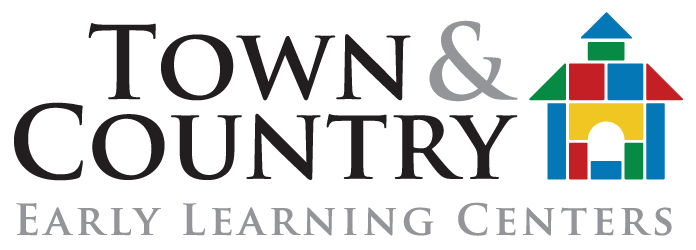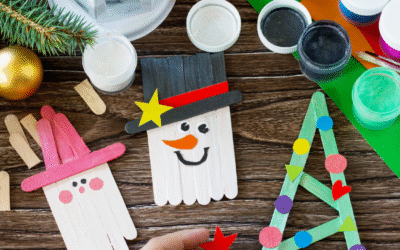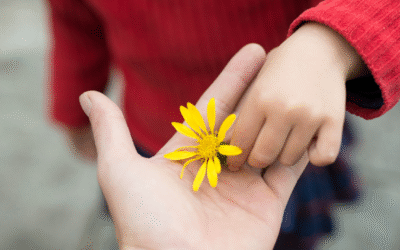Celebrating Thanksgiving with Cultural Sensitivity at Home: A Guide for Families
Thanksgiving is a time when many families come together to share food, express gratitude, and enjoy each other’s company. But as we reflect on the meaning of the holiday, it’s important to consider how we talk about Thanksgiving with young children in ways that are both truthful and inclusive. Families play a powerful role in shaping children’s understanding of history, culture, and values—and Thanksgiving offers a meaningful opportunity to do just that.
🌍 Why Cultural Sensitivity Matters at Home
Many traditional Thanksgiving stories simplify or misrepresent the complex history between Indigenous peoples and European settlers. These narratives often exclude Native voices and experiences, which can unintentionally reinforce stereotypes (Derman-Sparks & Edwards, 2023). As parents and caregivers, we can help children develop empathy and respect for others by sharing more accurate and inclusive stories.
🧠 Keep It Developmentally Appropriate
Young children are still learning how to understand time, history, and different perspectives. Rather than focusing on the “First Thanksgiving,” families can explore themes that are easier for children to grasp, such as:
- Gratitude
- Kindness and sharing
- Family and community
- Seasonal changes and harvest traditions
These themes are not only age-appropriate but also help children connect with the spirit of the holiday in a meaningful way (Levin, 2022).
✅ What Families Can Do
- Read Books by Native Authors
Choose books that reflect Indigenous voices and contemporary Native life. These stories help children understand that Native cultures are not just part of the past—they are vibrant and present today.
Recommended Books:
- We Are Grateful: Otsaliheliga by Traci Sorell
- Fry Bread: A Native American Family Story by Kevin Noble Maillard
These books celebrate gratitude, family, and tradition from a Native perspective (Harvard Graduate School of Education, 2023).
- Talk About Gratitude: Start a daily or weekly gratitude ritual. Ask your child:
- “What made you feel happy today?”
- “Who helped you this week?”
- “What are you thankful for?”
You can write or draw responses together and keep them in a “Gratitude Jar” or on a “Thankful Tree.”
- Explore Local Indigenous Cultures: Learn about the Native peoples who originally lived in your area. Visit local museums, explore tribal websites, or attend community events. Share what you learn with your child in simple, respectful ways (NEA, 2023).
- Cook and Share Stories: Instead of focusing on a traditional Thanksgiving menu, try cooking a dish that’s meaningful to your family or one that reflects Indigenous ingredients like corn, beans, or squash. Talk about where food comes from and the importance of sharing meals.
- Avoid Harmful Stereotypes: Skip crafts or costumes that depict Native people in inaccurate or stereotypical ways (e.g., feathered headdresses or “Indian” hats). Instead, focus on crafts that celebrate nature, gratitude, or family traditions (Kids Konnect, 2024).
👨👩👧👦 Make It a Family Conversation
Thanksgiving is a great time to talk about your family’s own traditions and values. Ask your child:
- “What does Thanksgiving mean to us?”
- “How do we show kindness and gratitude?”
- “What are some ways we can help others this season?”
These conversations help children connect the holiday to their everyday lives and build a sense of empathy and belonging.
💬 Final Thoughts
Celebrating Thanksgiving with cultural sensitivity at home doesn’t mean giving up beloved traditions—it means enriching them. By focusing on gratitude, community, and inclusive storytelling, families can help children grow into thoughtful, compassionate individuals who appreciate the richness of all cultures.
📚 References (APA 7th Edition)
- Derman-Sparks, L., & Edwards, J. O. (2023). Holidays in a diverse world: Applying anti-bias thinking to curriculum. National Association for the Education of Young Children (NAEYC). https://www.naeyc.org/resources/blog/holidays-diverse-world-applying-anti-bias-thinking-curriculum
- Harvard Graduate School of Education. (2023). How to raise grateful children. Making Caring Common Project. https://mcc.gse.harvard.edu/resources-for-families/develop-gratitude
- Kids Konnect. (2024). Culturally respectful ways to teach Indigenous culture this Thanksgiving. https://www.kids-konnect.com/blog/culturally-respectful-ways-to-teach-indigenous-culture-this-thanksgiving
- Levin, V. (2022). Thanksgiving activities in preschool: 4 steps towards inclusivity. Pre-K Pages. https://www.pre-kpages.com/ep-70-preschool-thanksgiving-activities-4-steps-towards-inclusivity/
- National Education Association (NEA). (2023). Thanksgiving lessons, accurate and respectful. https://www.nea.org/advocating-for-change/new-from-nea/native-educators-say-thanksgiving-lessons-can-be-accurate-respectful-and-still-fun-heres-how




